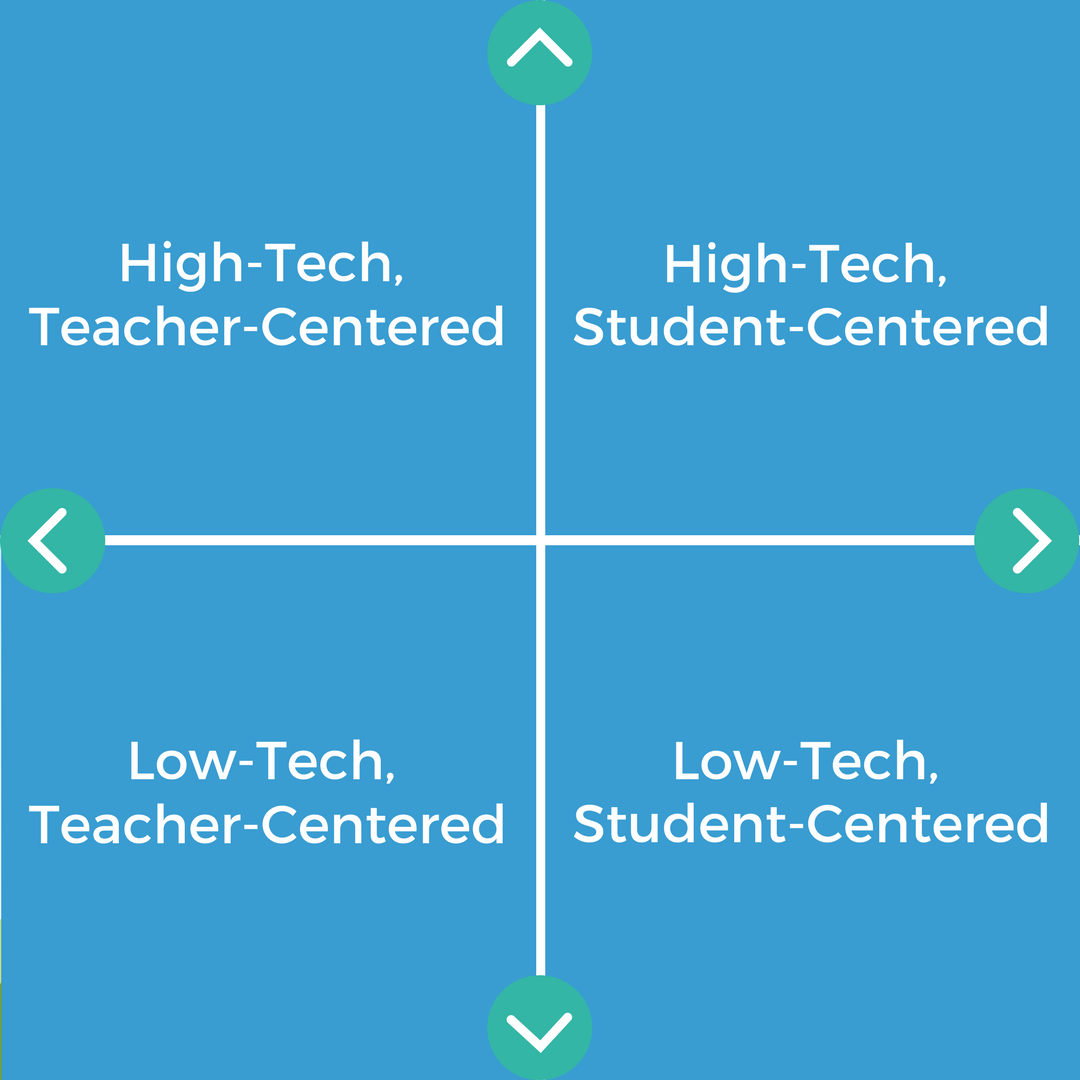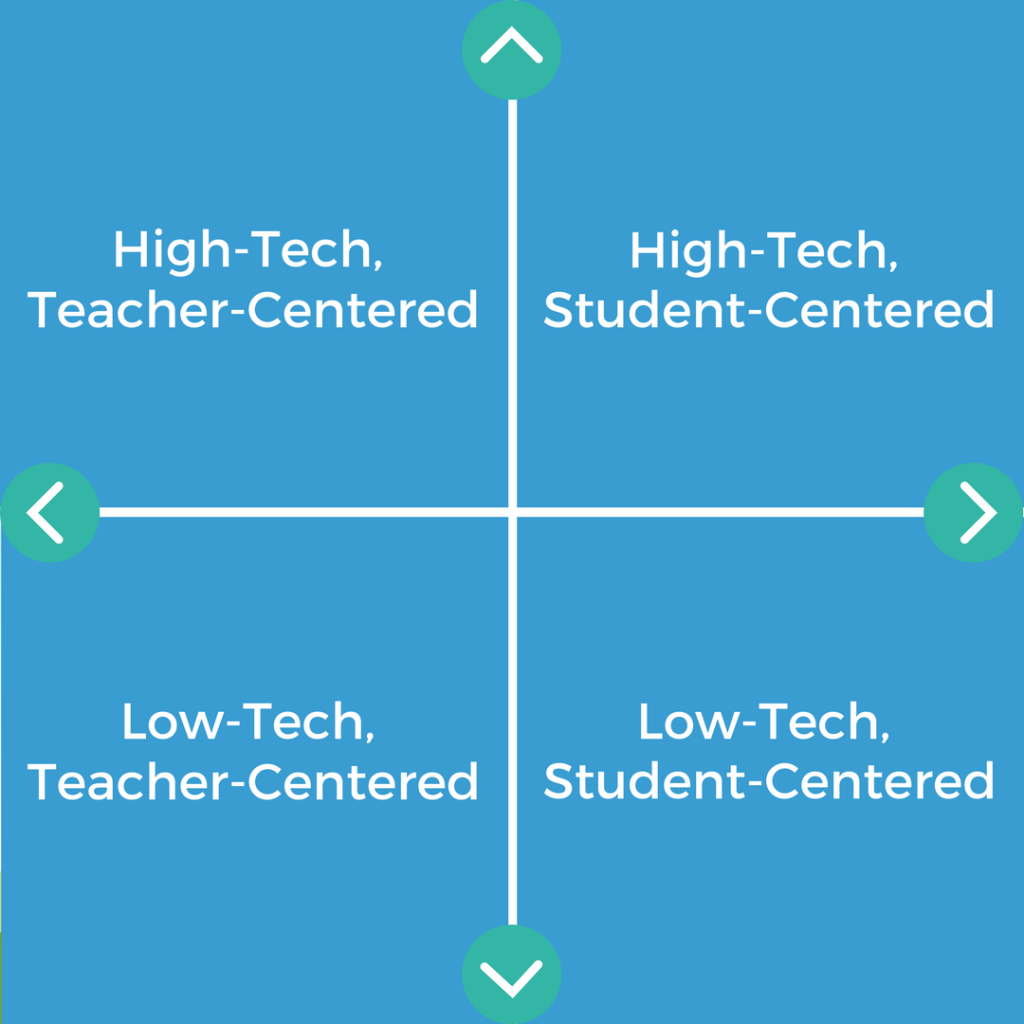Teaching strategies are essential tools for educators to create engaging and effective learning environments. By employing a variety of teaching strategies, teachers can cater to the diverse learning needs of students, enhance their understanding of concepts, and promote critical thinking and problem-solving skills. This article will delve into the benefits of using Teaching Strategies in the Classroom, explore effective strategies for different learning styles, provide tips for implementation, and discuss assessment and evaluation techniques. By understanding and implementing effective teaching strategies, educators can empower students to reach their full academic potential.

Benefits of Using Teaching Strategies in the Classroom
Enhanced Student Engagement and Motivation
Effective teaching strategies actively engage students in the learning process, fostering their interest and motivation. By incorporating interactive activities, hands-on experiences, and real-world examples, teachers can create a dynamic learning environment where students are actively involved in their own learning. This increased engagement leads to higher levels of motivation, as students are more likely to be invested in the material and eager to participate.
For instance, using a role-playing activity to teach a historical event can immerse students in the experience and make it more memorable. By taking on different roles and perspectives, students gain a deeper understanding of the event and its significance.
| Benefit | Description |
|---|---|
| Increased interest and motivation | Students are more likely to be invested in the material and eager to participate. |
| Improved concentration and focus | Active engagement helps students stay focused and attentive. |
| Enhanced critical thinking and problem-solving skills | Interactive activities and real-world examples encourage students to think critically and apply their knowledge to new situations. |
Improved Student Learning Outcomes
Well-designed teaching strategies directly impact student learning outcomes. By catering to diverse learning styles and providing differentiated instruction, teachers can ensure that all students have the opportunity to succeed. Research has consistently shown that students who are taught using effective teaching strategies perform better on assessments, retain information more effectively, and develop higher-order thinking skills.
For example, using visual aids such as charts, graphs, and diagrams can help visual learners grasp complex concepts more easily. Similarly, incorporating kinesthetic activities into lessons can cater to students who learn best by doing.
- Benefits of Improved Student Learning Outcomes
- Higher scores on assessments
- Improved retention of information
- Development of critical thinking and problem-solving skills
- Increased confidence and self-esteem
Efficient Use of Classroom Time
Effective teaching strategies optimize classroom time by maximizing student engagement and minimizing distractions. By planning lessons carefully and using time-saving techniques, teachers can ensure that every minute is used effectively. This increased efficiency allows teachers to cover more material, provide more opportunities for practice, and give students individualized attention.
For instance, using technology tools for assignments and assessments can save time on grading and provide students with immediate feedback. Additionally, establishing clear routines and procedures at the beginning of the year can minimize disruptions and keep the class running smoothly.
Read more about locomotor movement and how it relates to effective teaching strategies.
.jpg)
Effective Teaching Strategies for Different Learning Styles
Visual Learners
Visual learners process information best through visual aids such as charts, graphs, diagrams, and images. To cater to visual learners, teachers can use the following strategies:
- Incorporate visual aids into lessons, such as charts, graphs, and diagrams.
- Use color-coding and highlighting to emphasize important concepts.
- Provide students with visual organizers, such as mind maps and concept maps.
Read more about locomotor movement and how it relates to effective teaching strategies for visual learners.
| Benefit | Description |
|---|---|
| Improved comprehension | Visual aids help students visualize and understand concepts more easily. |
| Enhanced memory | Visuals create a stronger memory trace, helping students retain information better. |
| Increased engagement | Visual aids make lessons more engaging and interesting for visual learners. |
Auditory Learners
Auditory learners process information best through listening and speaking. To cater to auditory learners, teachers can use the following strategies:
- Use verbal explanations and discussions.
- Incorporate music and sound effects into lessons.
- Provide students with opportunities to record and listen to themselves.
Read more about the importance of effective communication and how it relates to teaching strategies for auditory learners.“Auditory learners benefit from listening to lectures, participating in discussions, and recording and listening to themselves.”

Tips for Implementing Teaching Strategies
1. Plan and Prepare
Effective implementation of teaching strategies requires careful planning and preparation. Teachers should begin by identifying the learning objectives for each lesson and selecting strategies that align with those objectives. It is also important to consider the diverse learning styles of students and choose strategies that cater to their individual needs. Additionally, teachers should ensure they have the necessary resources and materials before implementing a new strategy.
For instance, if a teacher wants to implement a role-playing activity, they would need to plan the scenario, gather any necessary props, and provide clear instructions to students. By taking the time to plan and prepare, teachers can ensure that teaching strategies are implemented effectively and achieve the desired learning outcomes.
| Tip | Description |
|---|---|
| Identify learning objectives | Determine the specific skills or knowledge students should gain from the lesson. |
| Select appropriate strategies | Choose strategies that align with the learning objectives and cater to diverse learning styles. |
| Gather necessary resources | Ensure you have all the materials and resources needed to implement the strategy effectively. |
2. Establish a Positive Learning Environment
A positive and supportive learning environment is essential for the effective implementation of teaching strategies. Teachers should create a classroom culture where students feel comfortable taking risks, asking questions, and collaborating with their peers. This can be achieved by establishing clear expectations, providing positive feedback, and fostering a sense of community.
For instance, teachers can start each class with a brief icebreaker activity to encourage students to interact with each other. They can also use positive language and avoid批评 students’ mistakes. By creating a positive learning environment, teachers can encourage students to engage fully with teaching strategies and maximize their learning potential.
- Benefits of Establishing a Positive Learning Environment
- Increased student engagement
- Improved student motivation
- Enhanced critical thinking and problem-solving skills
- Reduced anxiety and stress
Read more about the importance of effective communication in establishing a positive learning environment.
3. Monitor and Reflect
Once teaching strategies have been implemented, it is important to monitor their effectiveness and make adjustments as needed. Teachers can use a variety of methods to monitor student learning, such as觀察 students during activities, collecting student work, and conducting assessments. By regularly reflecting on the effectiveness of teaching strategies, teachers can identify areas for improvement and ensure that students are making progress towards the learning objectives.
For instance, if a teacher notices that students are struggling with a particular strategy, they can modify the strategy or provide additional support to students. By monitoring and reflecting on teaching strategies, teachers can ensure that they are meeting the needs of their students and maximizing their learning outcomes.
Read more about locomotor movement and how it relates to monitoring and reflecting on teaching strategies.“Effective implementation of teaching strategies requires ongoing monitoring and reflection to ensure student learning.”

Assessment and Evaluation of Teaching Strategies
To ensure that teaching strategies are effective and meeting the needs of students, ongoing assessment and evaluation are crucial. Teachers can use a variety of methods to assess student learning, such as observations, student work, and assessments. By analyzing the data collected, teachers can identify areas where students are excelling and areas where additional support is needed. This information can then be used to adjust teaching strategies and provide targeted interventions to help students succeed.
Some common methods of assessing student learning include:
- Observations: Observing students during activities can provide valuable insights into their understanding of concepts and their ability to apply skills.
- Student work: Collecting student work, such as assignments, projects, and quizzes, allows teachers to evaluate student progress and identify areas where they may need additional support.
- Assessments: Formal assessments, such as tests and exams, can provide a standardized measure of student learning and help teachers identify areas where students may need additional support.
By regularly assessing and evaluating teaching strategies, teachers can ensure that they are meeting the needs of their students and maximizing their learning outcomes.
Read more about locomotor movement and how it relates to assessing and evaluating teaching strategies.
| Benefit | Description |
|---|---|
| Improved student learning | By identifying areas where students need additional support, teachers can provide targeted interventions to help them succeed. |
| Enhanced teaching practices | Feedback from assessment and evaluation can help teachers refine their teaching strategies and make them more effective. |
| Increased accountability | Assessment and evaluation provide evidence of student learning and teacher effectiveness, which can be used to hold schools and teachers accountable for student outcomes. |
Read more about the importance of effective communication in assessing and evaluating teaching strategies.

Final Thought
Incorporating effective teaching strategies into the classroom is crucial for fostering a dynamic and engaging learning environment. By understanding the benefits of using teaching strategies, selecting strategies that align with diverse learning styles, implementing them effectively, and regularly assessing their impact, educators can create classrooms where students thrive. Remember, the ultimate goal of using teaching strategies is to empower students to become independent learners, critical thinkers, and lifelong seekers of knowledge.



